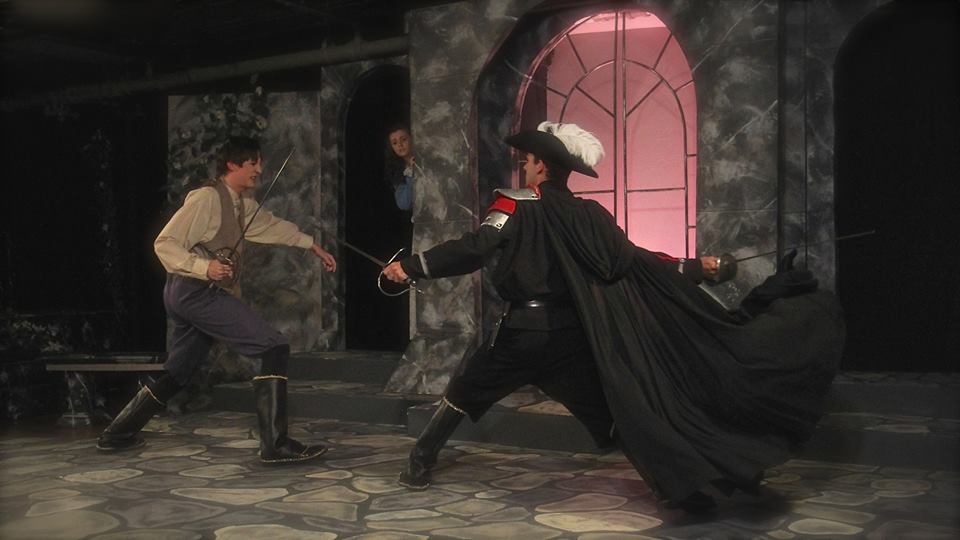art
ärt/
noun
the expression or application of human creative skill and imagination, typically in a visual form such as painting or sculpture, producing works to be
appreciated primarily for their beauty or emotional power.
dy·nam·ics
dīˈnamiks/
noun
the forces or properties that stimulate growth, development, or change within a system or process.
art-o-dy-nam-ics
ärt ō dīˈnamiks/
noun
The forces or properties of learning that stimulate intellectual and cultural growth through the process of expression and application of human creative skill
in order to form a deeper understanding of the human condition.
On Arts Education:
The Arts in most, if not all, cultures are integral to life: function, creation and learning are intertwined. The Arts are fundamentally instrumental, in both formal and non-formal ways, as vehicles of knowledge and the methods of learning different disciplines. This instrumental approach to Arts Education neither limits the Arts as a supplementary educational tool, nor simply aims at bringing arts into curricula as the main content or a study subject.
UNESCO basically promotes two main approaches to Arts Education, which can be implemented at the same time and need not be distinct. The “learning through the arts/culture” approach demonstrates how we can utilize artistic expressions and cultural resources and practises, contemporary and traditional, as a learning tool. It targets to draw on the rich wealth of culture, knowledge and skills of societies to enhance an inter-disciplinary approach to learning in a range of subject areas.
The “learning in the arts/culture” approach stresses the value of cultural perspectives, multi and inter-cultural, and culturally-sensitive languages through learning processes. This kind of approach contributes to engender understanding of the importance of cultural diversity and reinforce behaviour patterns underlying social cohesion.
The benefits of introducing the arts and cultural practices into learning environments showcase a balanced intellectual, emotional and psychological development of individuals and societies. Such education not only strengthens cognitive development and the acquisition of life skills – innovative and creative thinking, critical reflection, communicational and inter-personal skills, etc – but also enhances social adaptability and cultural awareness for individuals, enabling them to build personal and collective identities as well as tolerance and acceptance, appreciation of others. The positive impact it gives on the development of societies ranges from cultivating social cohesion and cultural diversity to preventing standardization and promoting sustainable development.
From the United Nations Educational, Scientific, and Cultural Organization website

